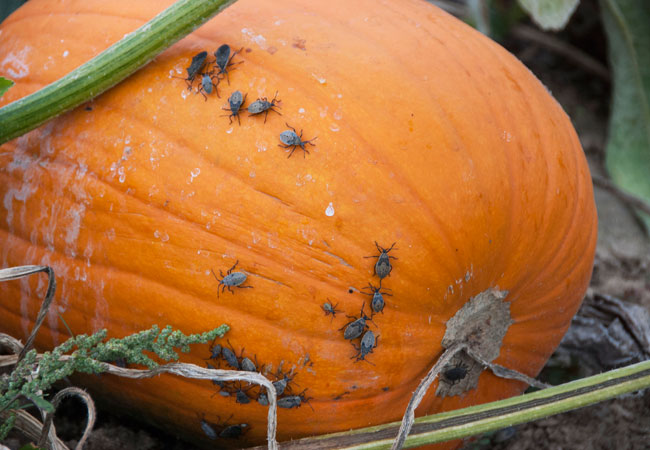We may earn revenue from the products available on this page and participate in affiliate programs. Learn More ›
Squash bugs take root on the undersides of leaves or near the crown of the plant, where they’ll lay clusters of oval-shaped, reddish, copper-brown eggs.
If you pride yourself on growing your own pumpkins, cucumbers, squash, or other types of gourds, you might be familiar with this particular pesky garden nemesis.
Their appearance, half-inch size, and the unpleasant odor they emit when squished cause many homeowners to mistake squash bugs for stink bugs. But squash bugs are their own evil entity.
The pests inject toxins into plants and suck moisture out of the leaves, causing them to wilt, blacken, dry up, and turn brittle.
If you spot squash bugs or their eggs on your zucchini or gourds, act quickly to prevent a full-blown infestation. Mature bugs can be difficult to kill, but with a bit of diligence, homeowners can protect their prized pumpkins and savory squash from damage. Here’s how to get rid of squash bugs and keep them from harming your harvest this season.
Project Overview
Working Time: 10 minutes
Total Time: 10 to 45 minutes
Skill Level: Beginner
Estimated Cost: $0 to $15
Before You Begin
Before you begin getting rid of squash bugs, be mindful that potential harm to beneficial insects. Avoid using potentially harmful chemical pesticides that can disrupt other surrounding plant and insect life. We also recommend wearing gloves to protect your hands during eradication.
What are squash bugs?
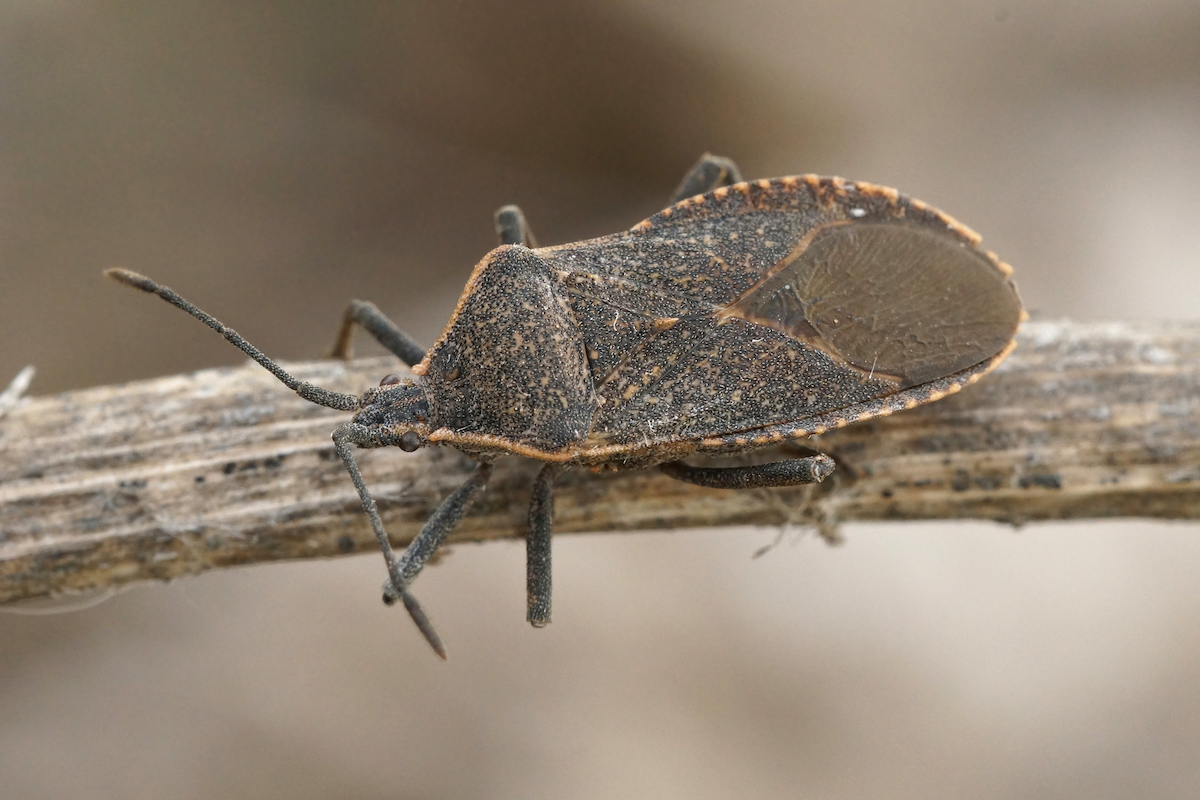
Scientifically known as Anasa tristis, squash bugs will wreak havoc on your garden, doing the most damage to zucchini, squash, and pumpkins. They feed on leaves, as well as fruits and stems to a lesser degree, oftentimes leaving wilted yellow leaves in their path.
Megan Wede, co-owner of Minneapolis, Minnesota-based Done Right Pest Solutions, says it’s important to know what to look for. Adult squash bugs are typically a grayish brown and they’re wide at the abdomen.
“Check your squash or pumpkin leaves daily for squash bug eggs,” says Wede. “They are always laid on the underside of the leaves, and they are red and stuck to the leaf. Squish these eggs to prevent any hatchings.”
Squash bugs are typically most active during the warm summer months, congregating on the underside of leaves to lay eggs. These eggs hatch into nymphs that undergo several molts before reaching adulthood.
If not addressed promptly, squash bugs can not only damage garden vegetation, but can also transmit certain bacterial diseases. The good news is that there are multiple ways to get rid of these pests and save your garden.
Squash Bug vs. Stink Bug vs. Squash Vine Borer: What’s the Difference?
Squash bugs and squash vine borers are distinct vegetable garden pests, each with unique characteristics and challenges to squash cultivation.
Certain species of squash bugs and stink bugs look similar, they are indeed different insects. The bodies of stink bugs are wider and look more like a shield. Squash bug bodies are more rectangular until you get near the head. Squishing a stink bug, as their name suggests, has odiferous consequences—an odor akin to sulfur, ammonia, and rotting meat.
Stink bugs are in the Pentatomidae family and the brown ones that get confused with squash bugs are of a genus called Euschistus.
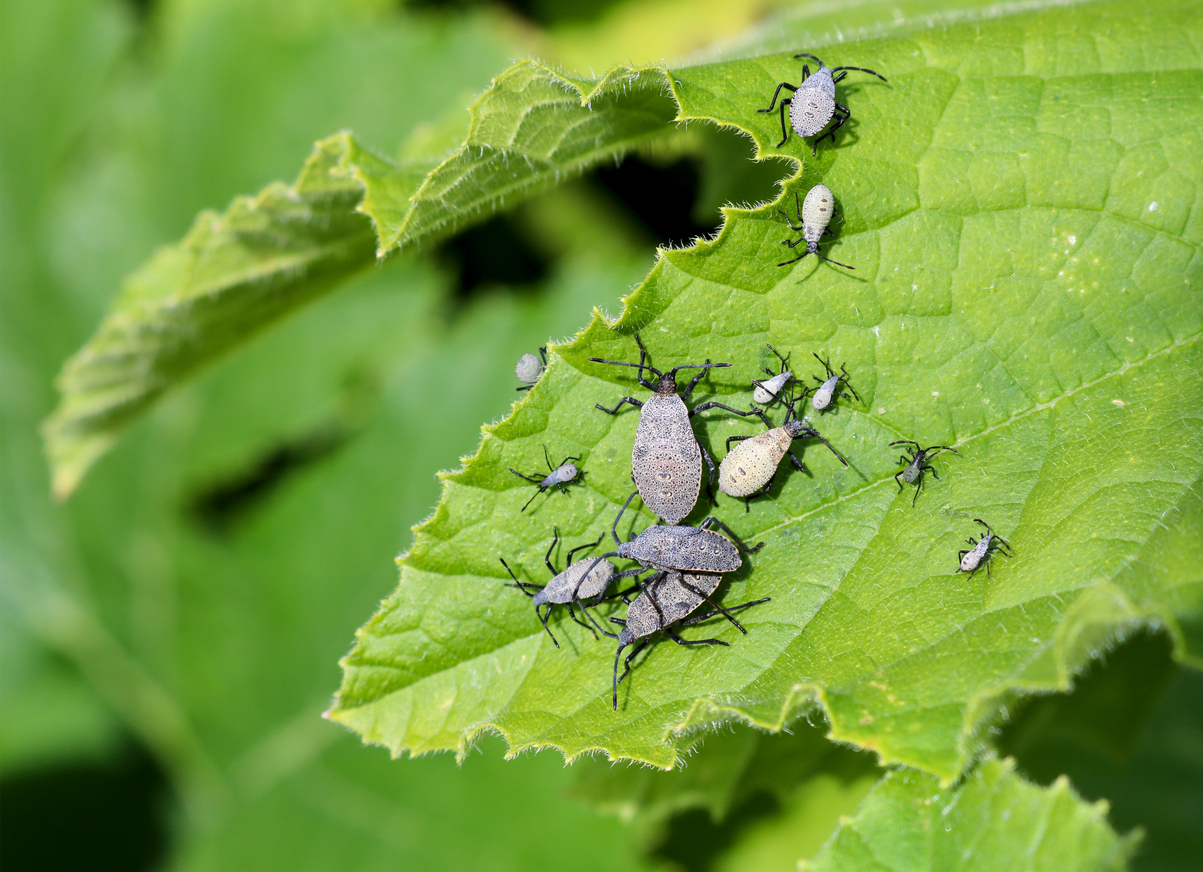
Squash bug (Anasa tristis)
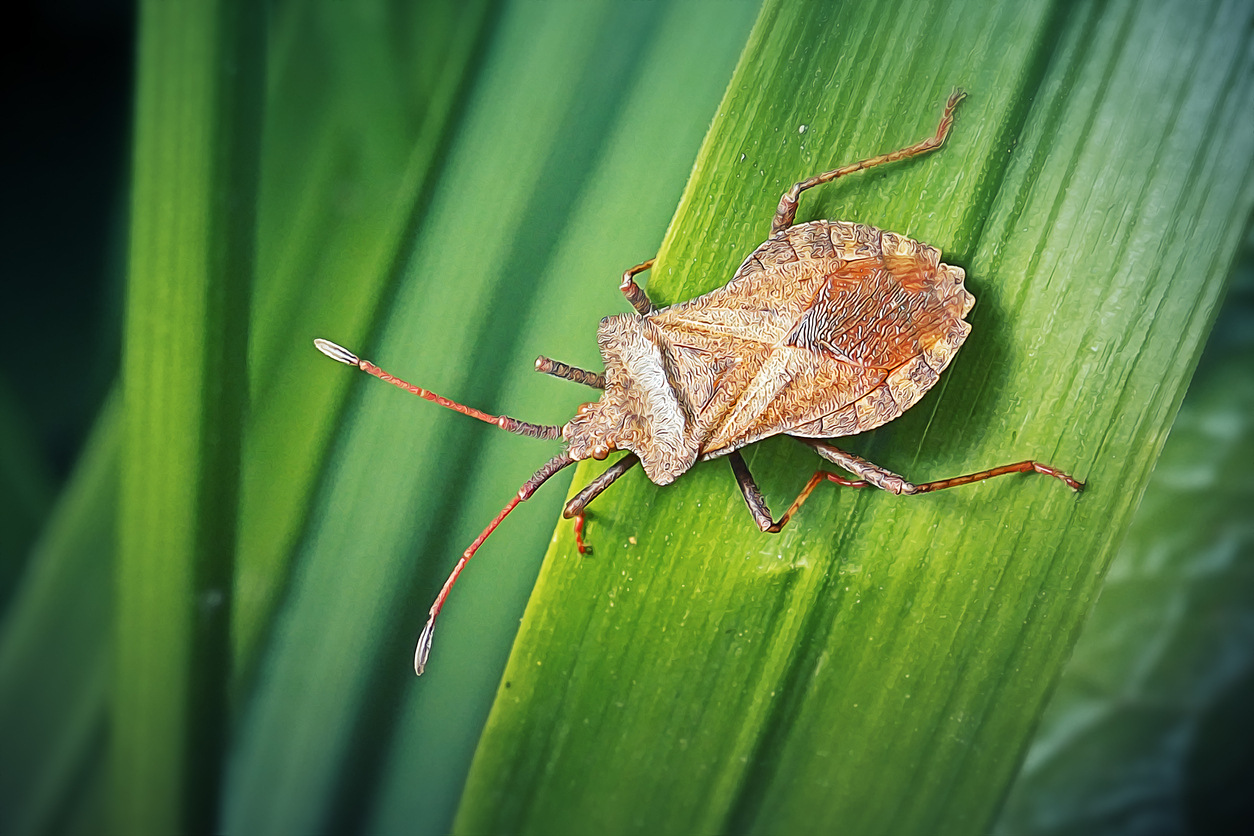
Stink bug (Halyomorpha halys)
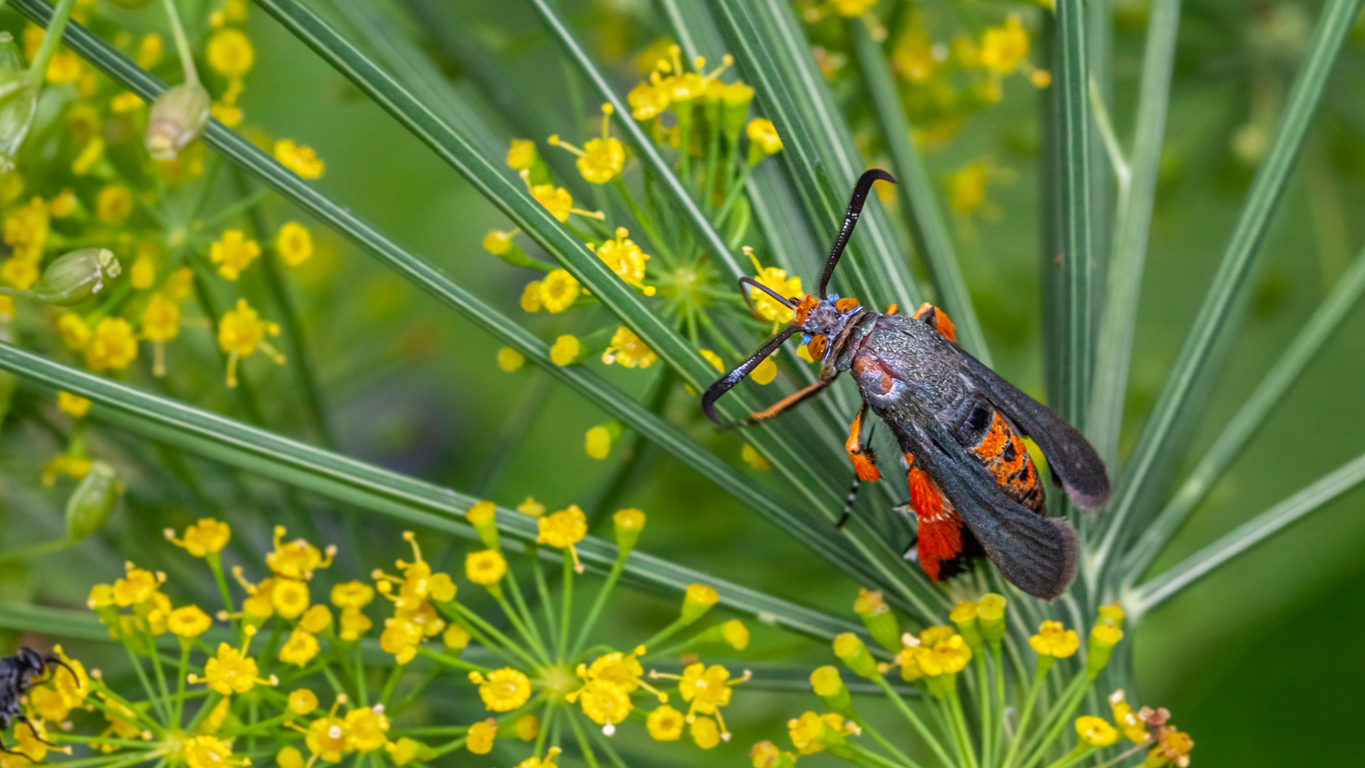
Squash vine borer (Melittia cucurbitae) Scientific name Anasa tristis Halyomorpha halys Melittia cucurbitae Family Coreidae Pentatomidae Sesiidae Seasonality Active in warm months Active in warm months Active in warm months Preferred targets Squash, pumpkins Various crops including fruits, vegetables, and nuts Cucumbers, muskmelons, squash, pumpkins Plant parts attacked Feeds on leaves, often causing them to turn yellow or brown and wilt Sap from fruits, seeds, and stems Create holes near base of the plant (stem) Life cycle Eggs laid on leaf undersides, nymphs undergo molts Eggs laid on plants or nearby structures, nymphs undergo molts before adulthood Eggs laid at base of plants, larvae tunnel inside stems Predators Beetles, wasps, lacewings, praying mantises, spiders Assassin bugs, lacewings, and parasitic wasps Birds
How to Remove Squash Bugs From Plants
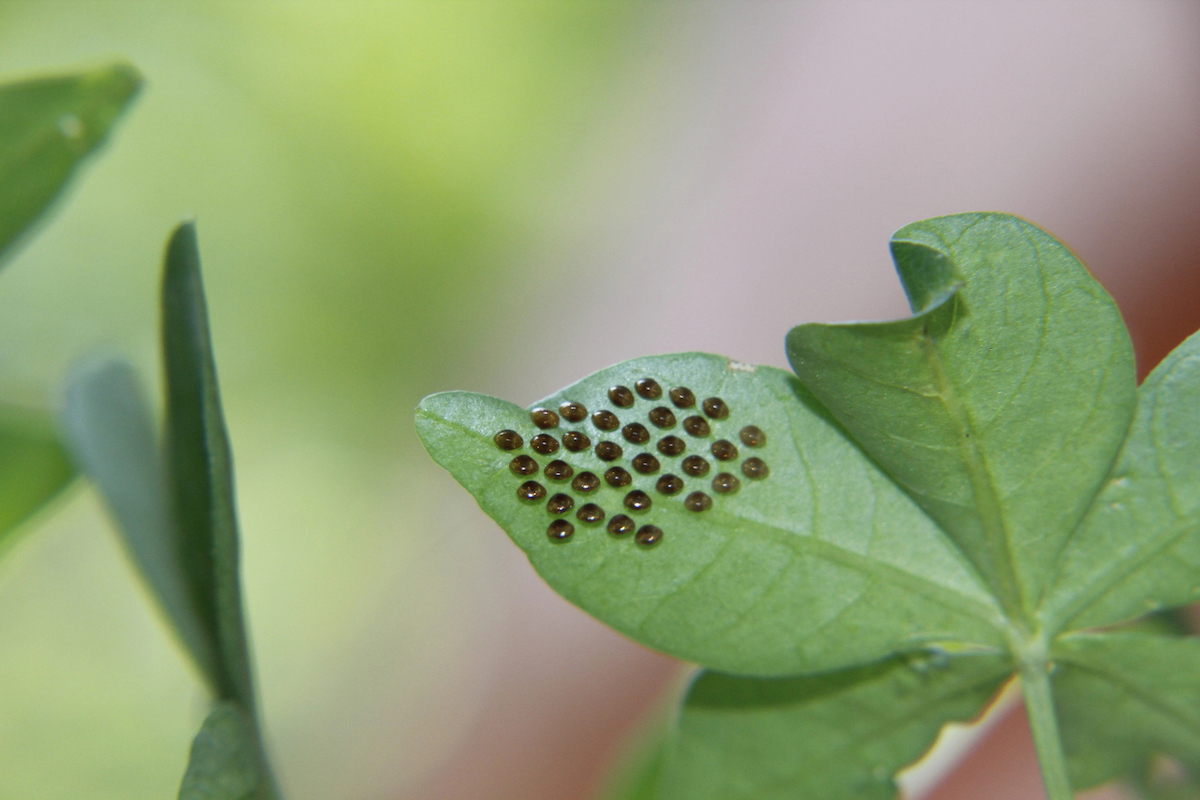
Combatting squash bugs in the garden requires a vigilant, multi-pronged approach. If you see these pests on your plants, employ these expert-backed methods.
Scrape squash bug eggs from leaves.
Remember: Squash bugs lay eggs in clusters on the undersides of leaves and at the crown of the plants, so be on the lookout. If you spot a group of the small, spherical eggs, scrape them off using a butter knife and dispose of them in a trash can. Squash bug eggs hatch about every 10 days, so you need to check plants weekly for new batches. Otherwise, you may instead discover a new generation of destructive troops in your garden.
Pick and flick adult bugs.
If you find a handful of squash bugs on your plants, simply pick them off by gloved hand and flick them into a container of dish soap mixed with water. The pests will get trapped and drown, ensuring that your harvest will remain undamaged throughout the season. Repeat this process every few days until all squash bugs are eliminated.
Set nighttime traps.
Squash bugs tend to gather on the undersides of logs or wooden boards at night, so set some bait to catch them all at once. Place a shingle or a board in the garden during the evening, and check underneath it for squash bugs in the morning. If you’ve attracted any bugs, immediately place the board or shingle onto a hard surface and step on it, smashing the bugs underneath. You’ll need to do this daily until you don’t see any more squash bugs on your plants.
How to Prevent Squash Bugs in the Garden
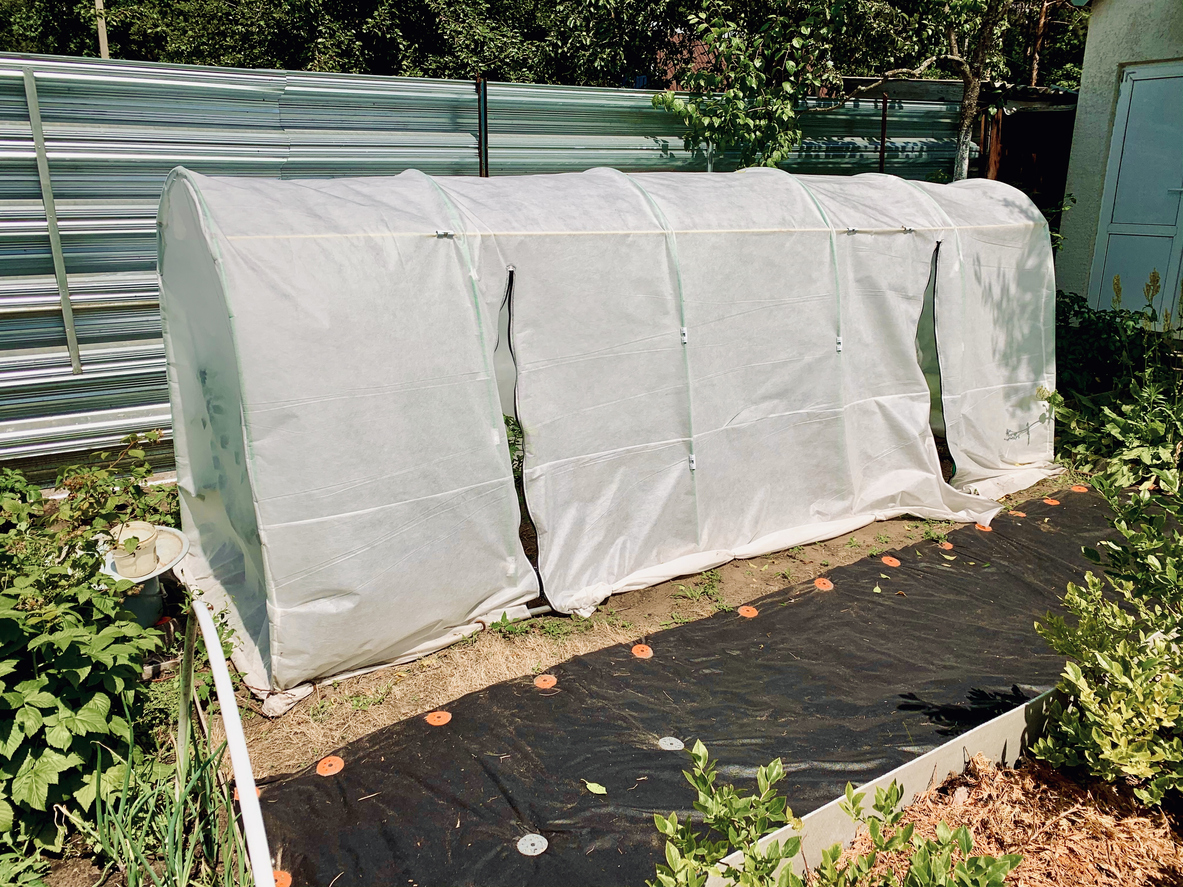
After following the methods for eliminating squash bugs, home gardeners can take several precautions to keep them from coming back.
Lay row covers over plants.
Keep the insects away from your plants by covering crops with floating row cover material. Secure the edges of the fabric with dirt, bricks, rocks, or other heavy objects. If you’re working with taller plants, lay the row covers over hoops, set 3 to 5 feet apart.
The spun fibers of row covers let in water, air, and light, but insects like squash bugs can’t penetrate them. Leave the covers on for about a month, and uncover the plants when they start to blossom.
Plant resistant varieties of squash.
Some types of squash, like butternut, royal acorn, and early summer crookneck, tend to resist squash bugs. If your garden has been prone to squash bug infestation in the past, consider planting these varieties. Check with your local extension agency for help identifying the best cucurbits to grow in your area to resist squash bugs.
Make your garden inhospitable for overwintering.
Squash bugs can overwinter in many areas of your landscape, like in squash vines and mulch. There are things you can do to make your garden an unappealing place to stay for winter: Clear all squash vines at the end of the growing season, either by burning them or disposing of them in yard waste bags that are picked up by your municipality. Also, avoid putting mulch or straw around the base of your plants.
Final Thoughts
Squash bugs can obliterate a young zucchini, pumpkin, or other gourd. Knowing how to kill squash bugs can keep your small patch of crops healthy. The best way to get rid of squash bugs is to keep plants watered and healthy, take steps to prevent squash bugs, and destroy any eggs you find before they hatch.
FAQs
Squash bugs can have a devastating impact on gourd crops, sucking the life out of stems and leaves and killing the plant. But careful management of both adult and immature squash bugs can help eliminate these aggravating pests. Employ vigilant tactics to eliminate both the immature and adult forms of these bugs, and your squash plants should reward with almost more fruit than you can possibly eat.
Q: What will kill squash bugs?
The best and most eco-friendly way to kill squash bugs is by hand (or foot). Drop them immediately into a container filled with soapy water. They cannot escape and will drown. You can scrape squash bug eggs from the underside of leaves and dispose of them or drop them into the same soapy water. If you find a group of the bugs on the bottom of a board or similar object, step on it hard to squish the bugs.
Severe infestations might require a garden insecticide. Look for one with permethrin as an active ingredient. Treat early in the growing season and avoid spraying the flowers with insecticides; this can kill pollinators. And, according to Wede, know that one application might not be sufficient. “In my experience, reapplication would always be the key with any sort of repellent,” she says. “Reapplication after any sort of wet weather or even just every few days is essential to keeping these damaging pests off of plants.”
Q: Will vinegar kill squash bugs?
There is no evidence that vinegar kills squash bugs. Picking them off by hand and destroying them is the most eco-friendly method to quash an infestation.
Q: Will Dawn dish soap kill squash bugs?
Although there are reports of spraying dish soap on squash bugs to suffocate them, dish soap can damage your plants. The best use of the soap for squash bug control is to mix it with water as a solution to drown the squash bugs you pick off plants.
Insecticidal soaps designed for use in the garden are a safer choice for plants. Still, spraying the bugs with insecticidal soap only reduces new egg production, and likely will not kill adult squash bugs.
Q: Does neem oil kill squash bugs?
Neem oil can slow down squash bug reproduction by reducing how many eggs the adults can lay without harming beneficial insects. They won’t kill adults, however. Be sure to spray the undersides of leaves when using neem oil or insecticidal soap to control squash bug eggs.
